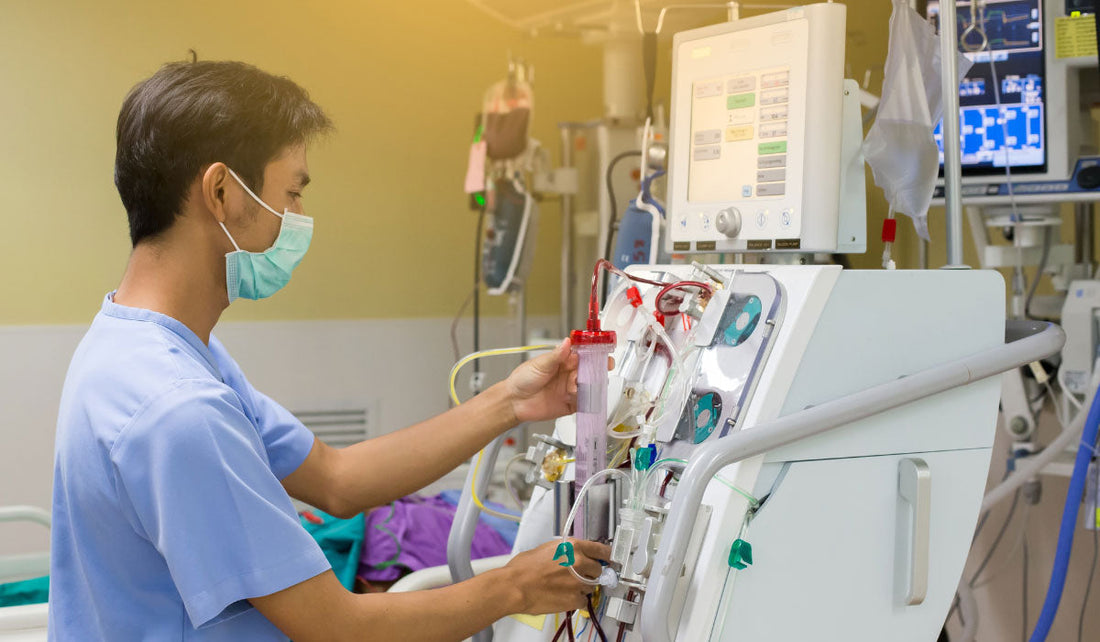
India Dialysis Market Set to Reach USD 870 Million by 2030
Share

The India dialysis market, is expected to grow to USD 870 million reflecting a compound annual growth rate (CAGR) of 7% by 2030, according to new research by Next Move Strategy Consulting.
Explore the Benefits with a FREE Sample!
A major driver behind this growth is the increasing prevalence of diabetes and hypertension in India. These chronic conditions, when left unmanaged, lead to kidney damage and eventually Chronic Kidney Disease (CKD). As the number of individuals with these risk factors rises, so does the demand for dialysis as a crucial therapeutic intervention. This surge in cases highlights the importance of dialysis services in managing kidney-related complications.
In addition to the growing prevalence of chronic conditions, India’s aging population is further contributing to the expansion of the dialysis market. As individuals age, the natural decline in kidney function increases, making dialysis an essential treatment for those facing advanced renal failure. With the elderly population at greater risk of comorbidities, including diabetes and hypertension, the demand for renal replacement therapies, especially dialysis, is expected to continue growing.
Conclusion: The India dialysis market is poised for significant growth driven by the rising incidence of CKD, especially due to the escalating cases of diabetes and hypertension. As the country’s elderly population continues to expand, the need for dialysis as a critical treatment option will increase. However, the high cost of dialysis procedures remains a significant challenge to accessibility, especially for lower-income individuals. Addressing these cost-related barriers will be crucial for ensuring equitable access to dialysis services. Despite these challenges, the market’s long-term prospects remain strong as the healthcare infrastructure evolves to meet the growing demand for kidney care solutions.